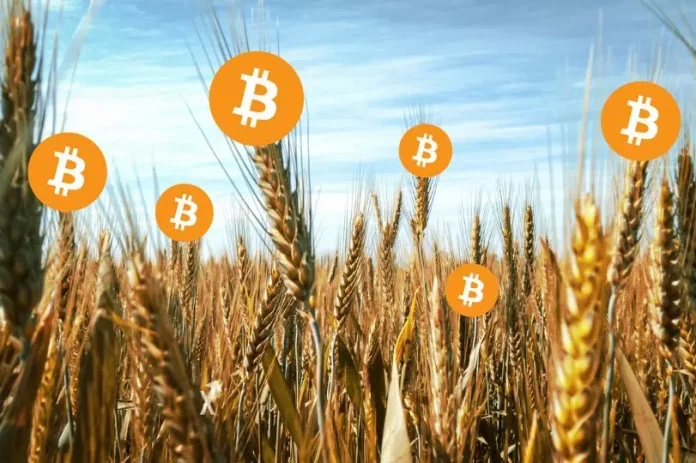Decentralised Finance (DeFi) has taken the financial world by storm, revolutionising traditional banking and investment models. Within the expansive world of DeFi, yield farming has emerged as a popular way for investors to maximise their returns. In this article, we will look into the world of yield farming, examining what it is, how it works, the risks involved, and the potential rewards it offers to participants.
Understanding Yield Farming
Yield farming, also known as liquidity mining, is a DeFi strategy where investors provide liquidity to decentralised platforms in exchange for rewards, usually in the form of additional tokens. These rewards come from the fees generated by the DeFi protocol, distributed among liquidity providers in proportion to the amount of liquidity they have supplied.
How Yield Farming Works
Providing Liquidity: Participants deposit their assets, typically a pair of tokens (e.g., ETH and DAI), into a liquidity pool on a DeFi platform. This liquidity is used to facilitate trades on that platform.
Earning Rewards: In return for providing liquidity, participants receive rewards in the form of tokens native to the platform or other assets supported by the protocol. These rewards can accumulate over time, leading to a potentially higher overall yield than traditional investments.
The Risks of Yield Farming
While yield farming offers the potential for high returns, it is essential to recognise and understand the associated risks.
Impermanent Loss
Impermanent loss occurs when the value of the tokens in the liquidity pool fluctuates, causing a disparity between the value of assets held in the pool and holding the same assets without providing liquidity. This can result in reduced profits or even losses.
Smart Contract Risks
DeFi platforms operate based on smart contracts, which are susceptible to vulnerabilities and bugs. Exploiting these vulnerabilities can lead to significant financial losses for liquidity providers.
Market Risks
The value of the tokens deposited into a liquidity pool can fluctuate due to market conditions. Price volatility can impact the overall yield and potentially result in a lower value of assets compared to the initial investment.
Protocol Risks
DeFi protocols can change their rules, tokenomics, or stop providing rewards altogether. This uncertainty can significantly affect the expected returns and the viability of the yield farming strategy.
Strategies to Minimise Risks
Research and Due Diligence
Thoroughly research DeFi platforms and protocols before participating in yield farming. Understand their mechanisms, security features, and historical performance. Community reviews and audits can provide valuable insights.
Diversification
Diversify your yield farming investments across multiple platforms and protocols. This approach can help mitigate the impact of impermanent loss and smart contract vulnerabilities on your overall portfolio.
Stay Informed
Keep yourself updated with the latest developments in the DeFi space. Regularly monitor the platforms you are involved with, as changes in token rewards or protocol rules can have a direct impact on your yield farming strategy.
The Rewards of Yield Farming
Despite the risks, yield farming offers various potential rewards that attract participants.
High APY (Annual Percentage Yield)
Yield farming often provides higher APY compared to traditional savings or investment options. This high yield potential attracts investors seeking substantial returns on their assets.
Additional Tokens
Participants receive additional tokens as rewards for providing liquidity. These tokens can be traded, held, or reinvested to compound their overall yield.
Liquidity Provision Fees
Liquidity providers earn a share of the fees generated from trades facilitated by the liquidity pool. These fees can further enhance the overall return on the investment.
Active Participation in DeFi Ecosystem
Yield farming allows investors to actively participate in the evolving DeFi landscape, contributing to the growth and development of decentralised finance.
Conclusion
Yield farming represents an innovative approach to maximising returns within the DeFi space. It provides an opportunity for investors to earn rewards and actively engage with various DeFi protocols. However, it is crucial to approach yield farming with caution and a thorough understanding of the risks involved. By conducting thorough research, diversifying investments, and staying informed, participants can potentially mitigate risks and capitalise on the rewards offered by yield farming. As the DeFi ecosystem continues to evolve, yield farming will likely remain a dynamic and exciting aspect of decentralised finance, attracting both experienced and novice investors.



